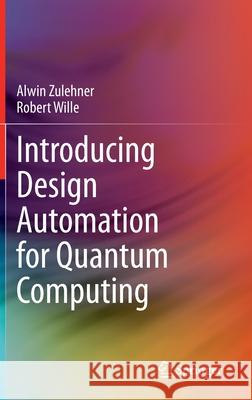Introducing Design Automation for Quantum Computing » książka
topmenu
Introducing Design Automation for Quantum Computing
ISBN-13: 9783030417529 / Angielski / Twarda / 2020 / 222 str.
Introducing Design Automation for Quantum Computing
ISBN-13: 9783030417529 / Angielski / Twarda / 2020 / 222 str.
cena 442,79
(netto: 421,70 VAT: 5%)
Najniższa cena z 30 dni: 424,07
(netto: 421,70 VAT: 5%)
Najniższa cena z 30 dni: 424,07
Termin realizacji zamówienia:
ok. 22 dni roboczych
Dostawa w 2026 r.
ok. 22 dni roboczych
Dostawa w 2026 r.
Darmowa dostawa!
Kategorie:
Kategorie BISAC:
Wydawca:
Springer
Język:
Angielski
ISBN-13:
9783030417529
Rok wydania:
2020
Wydanie:
2020
Ilość stron:
222
Waga:
0.50 kg
Wymiary:
23.39 x 15.6 x 1.42
Oprawa:
Twarda
Wolumenów:
01











